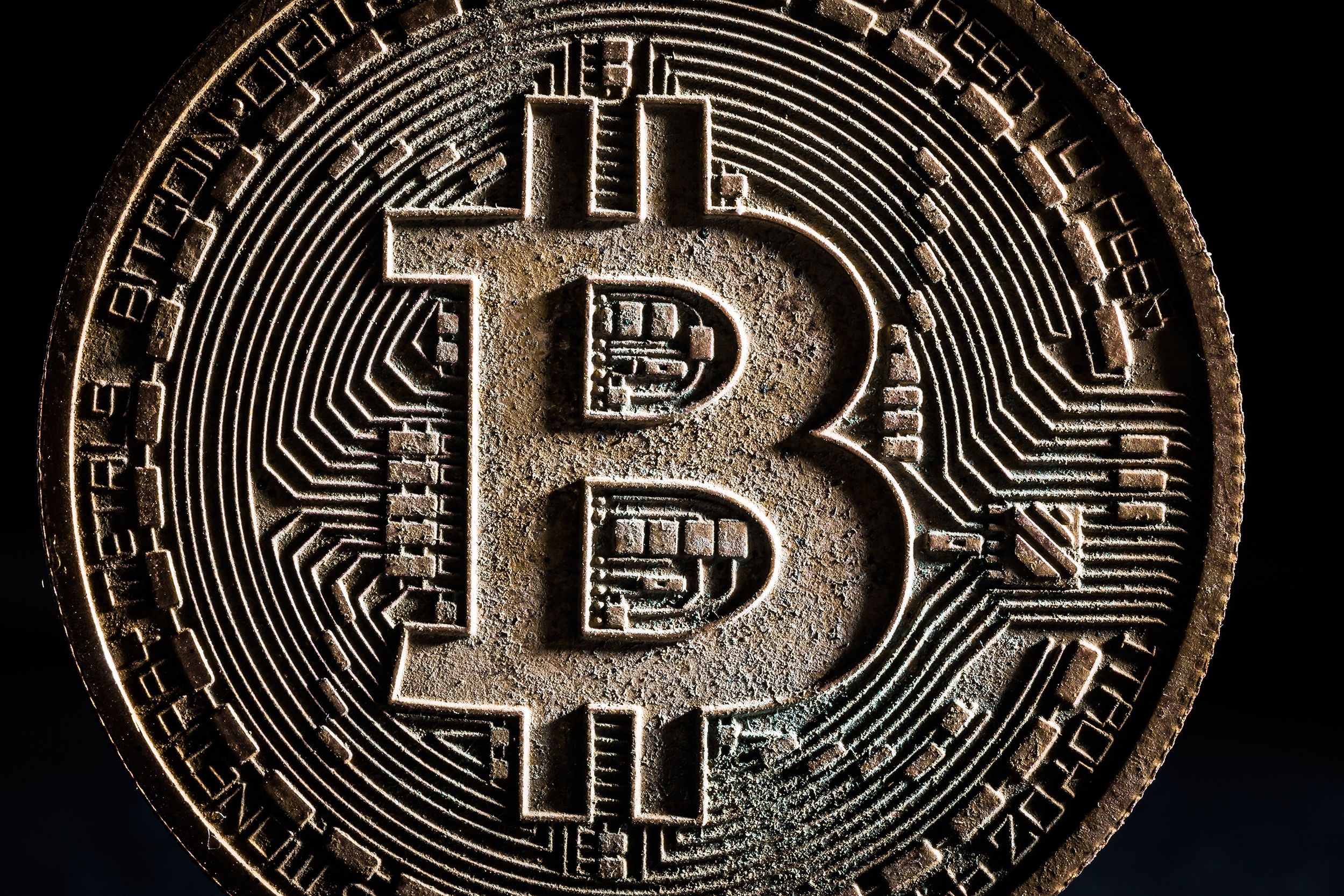Here in the Lifeboat Blog, I have the luxury of pontificating on existential, scientific and technical topics that beg for an audience—and sometimes—a pithy opinion. Regular Lifeboat readers know that I was recently named most viewed Bitcoin writer at Quora under a Nom de Plume.
Quora is not a typical Blog. It is an educational site. Questions and numerous answers form the basis of a crowd-sourced popularity contest. Readers can direct questions to specific experts or armchair analysts. A voting algorithm leads to the emergence of some very knowledgeable answers, even among laypersons and ‘armchair’ experts.
During the past few weeks, Quora readers asked me a litany of queries about Bitcoin and the blockchain, and so I am sharing selected Q&A here at Lifeboat. This is my professional field—and so, just as with Mr. Trump, I must resist an urge to be verbose or bombastic. My answers are not the shortest, but they are compact. Some employ metaphors, but they explain complex ideas across a broad audience.
As you browse some recent Bitcoin questions below, click a question for which you know the least. (Example: Do you know what the coming ‘halving event’ is about?). Leave a comment or question. I am interested in your opinion.
- Can governments ban Bitcoin?
- What will happen to Bitcoin at the ‘halving’ in July?
- Can a blockchain accomplish things that were previously impossible?
- Why do we not see many blockchain services entering the market?
- Is it worthwhile to trade Bitcoin?
- When I send a fraction of a Bitcoin, does the recipient get my original coin ID? Is my remainder assigned a new Bitcoin ID?
- How can I invoice a customer in US dollars, but receive Bitcoin instead?
- Can governments prevent or regulate online gambling with Bitcoin?
- What is a blockchain?
- Why did Bitcoin fail at the end of 2015?
- What is a Blockchain?
- Bitcoin Primer: Don’t start with miners
Philip Raymond sits on Lifeboat’s New Money Systems Board, is co-chair of the
The Cryptocurrency Standards Association, and is a most viewed writer at Quora.







